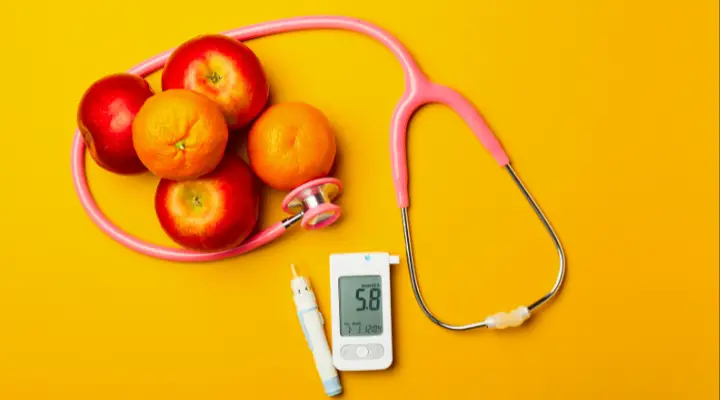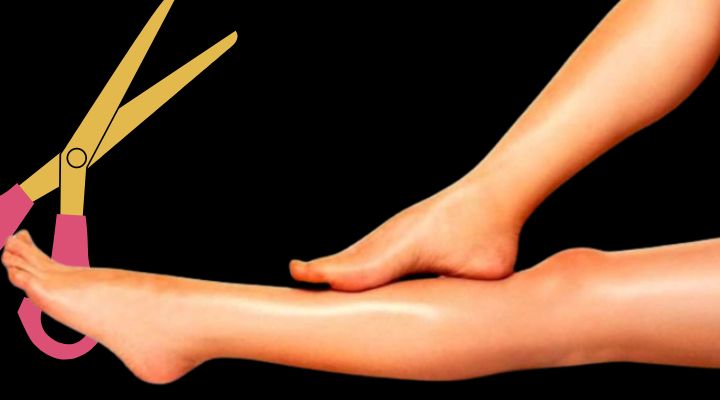3. Increased Hunger
A constant feeling of hunger, even after eating, is another early sign. When the body fails to use glucose efficiently due to insulin resistance or lack of insulin, it believes it is starving, prompting an urge to eat more frequently. This is known as polyphagia. The body is craving energy, but since it can’t process glucose, eating more doesn’t alleviate the feeling of hunger.
4. Blurred Vision
Blurred vision can be one of the first symptoms of undiagnosed diabetes. High levels of blood sugar cause the lens of the eye to swell, which affects your ability to focus. In most cases, this symptom will resolve once blood sugar levels are brought under control. However, if left untreated, it can lead to more serious eye conditions, such as diabetic retinopathy, which can cause permanent damage to vision.
5. Slow Healing of Cuts and Wounds
Your body’s capacity to repair wounds might be impacted by diabetes. High blood sugar levels impair the function of white blood cells, which are crucial for immune response and wound healing. As a result, small cuts, bruises, or infections may take much longer to heal than usual, increasing the risk of infection. If you notice that even minor injuries are healing slowly, it could be an early warning sign of diabetes.
6. Fatigue and Weakness
Feeling constantly tired and weak, despite getting enough rest, is another common sign of early diabetes. The body’s cells are unable to efficiently use glucose for energy, leaving you feeling drained. In addition, dehydration caused by frequent urination also contributes to fatigue. Many people mistakenly attribute this to a hectic lifestyle or lack of sleep, but it could be an indication of an underlying blood sugar problem.







